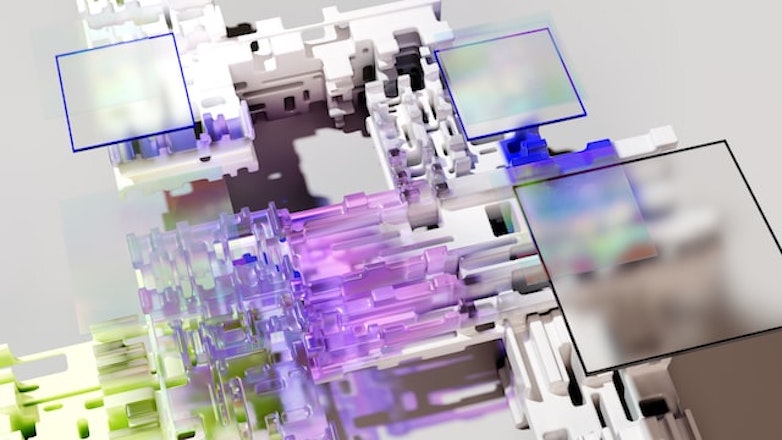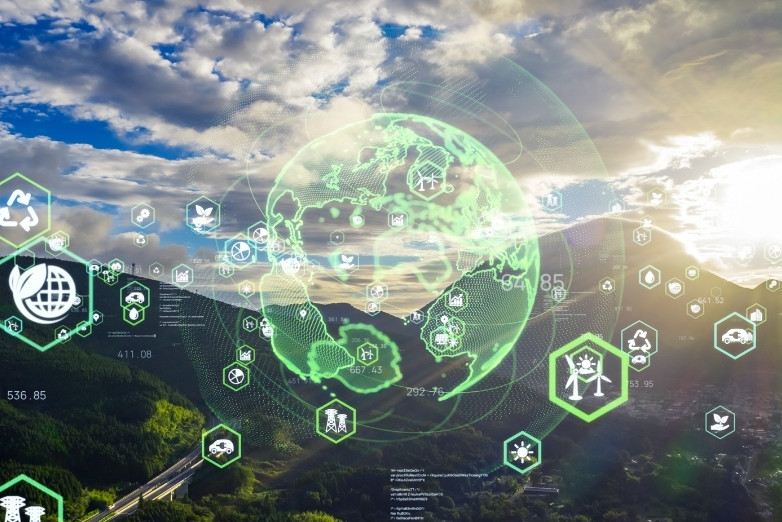Renewable battery from crustacean shells
As the world transitions towards deploying green energy solutions and electric vehicles, batteries are becoming a vital storage tool, necessary to facilitate the energy transition. However, the chemicals used in conventional batteries such as lithium-ion can take hundreds or thousands of years to break down and are often corrosive and flammable. Consumer gadget batteries have been known to catch fire on aircrafts or caused fires in waste and recycling sites. Moving away from fossil fuels isn’t enough, the batteries used for green technology also need to be eco-friendly. To solve this problem, a team of researchers from the University of Maryland’s Center for Materials Innovation, led by Liangbing Hu, have developed a renewable zinc battery that uses an electrolyte extracted from crustacean shells. More…










